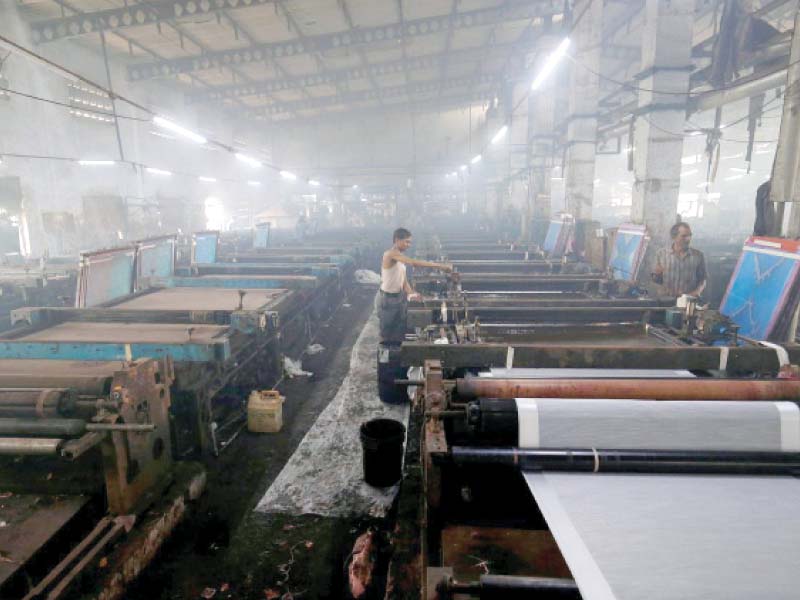
The light engineering firms of the country are facing hurdles in securing financing for modernising their businesses, which is causing a drop in the amount of export orders secured from the global markets.
Many firms, located primarily in central Punjab, have upgraded their units and machineries.
The light engineering industries dealing with mammoth amount of export orders have invested in technology and innovation far more than their non-exporting peers, however, they are still struggling for innovation opportunities.
This was the crux of a research conducted by the Innovation and Technology Centre, Lahore School of Economics on engineering firms in four cities of Punjab ie Lahore, Sialkot, Gujrat and Gujranwala.
These cities are often referred to as the ‘Golden Triangle’ of the province because majority of the light engineering firms are located in this area.
The purpose of the survey was to observe the degree, quality and impact of innovation activities on the performance and profitability of the innovating firms.
The survey included both export-oriented and non-export-oriented firms.
Analysis of data from surveyed firms revealed that half of the export-oriented companies were shipping 50-100% of their output abroad with a majority of the firms exporting to Asia followed by Europe.
The data also showed that most of the export-oriented firms were medium in size while majority of the non-export-oriented firms had small scale establishments.
According to the study, all exporting firms reported that they had innovated meaning that they had invested in new machinery/equipment in the past 10 years. Half of these firms reported that they were planning to introduce a new technology over the next 12 months.
A massive share of exporting firms upgraded their facilities during the last one to five years while a large amount of non-exporting firms introduced modernisation between five to 10 years ago.
The most frequently bought machines by export-oriented entities in the light engineering sector included verma machines/drill machines. On the other hand, most of the non-exporting firms preferred to buy lathe machines to be installed at their facilities.
In addition to this, most of the exporting firms had purchased their last four innovations from abroad whereas non-exporting firms had bought their last four innovations from Pakistan.
Nearly half of the firms that export had adopted state-of-the-art machinery while most of non-exporting companies reported that they had adopted already established machinery/software.
Majority of both exporting and non-exporting firms said that the major source of funding for their innovations related activities was done by utilising their own internal resources (equity).
The data also revealed that a large number of exporting firms from the light engineering sector modernised by developing new business models and marketing techniques. On the flip side, most non-exporting firms that innovated developed technologies alongside new business models and marketing techniques to innovate.
The incentives to innovate are particularly important for firms.
When asked about the major drivers for initiating innovations in the survey, majority of exporting and non-exporting firms said it was the pressure to improve quality followed by the desire to expand market share.
Most of the exporting firms reported that as a result of innovation, their revenues spiked, quality of products improved and need for retraining their employees increased.
In case of non-exporting firms, innovation enhanced revenues but it did not reduce the cost of production by a significant amount, however, the quality of their output improved.
The two greatest barriers faced by both exporting and non-exporting entities while trying to upgrade were lack of financing and lack of innovation opportunities.
Thus, it can be said that more incentives for innovation could be offered by enhancing sources of funding for firms in form of aid from the government and assistance of financial institutions, the survey concluded.
Published in The Express Tribune, February 14th, 2021.
Like Business on Facebook, follow @TribuneBiz on Twitter to stay informed and join in the conversation.

















COMMENTS
Comments are moderated and generally will be posted if they are on-topic and not abusive.
For more information, please see our Comments FAQ